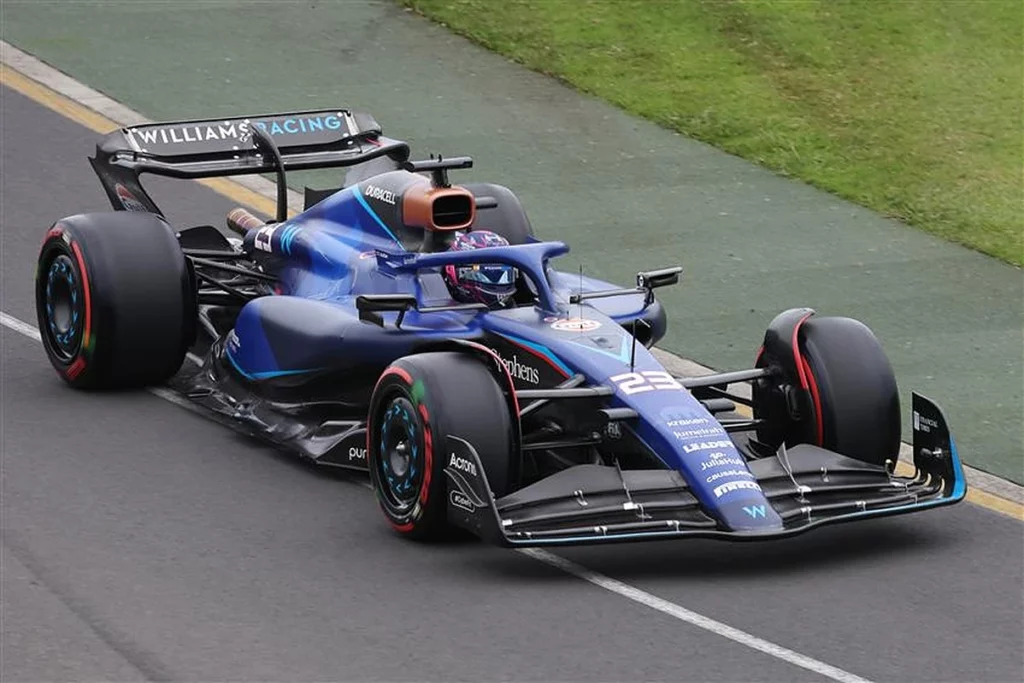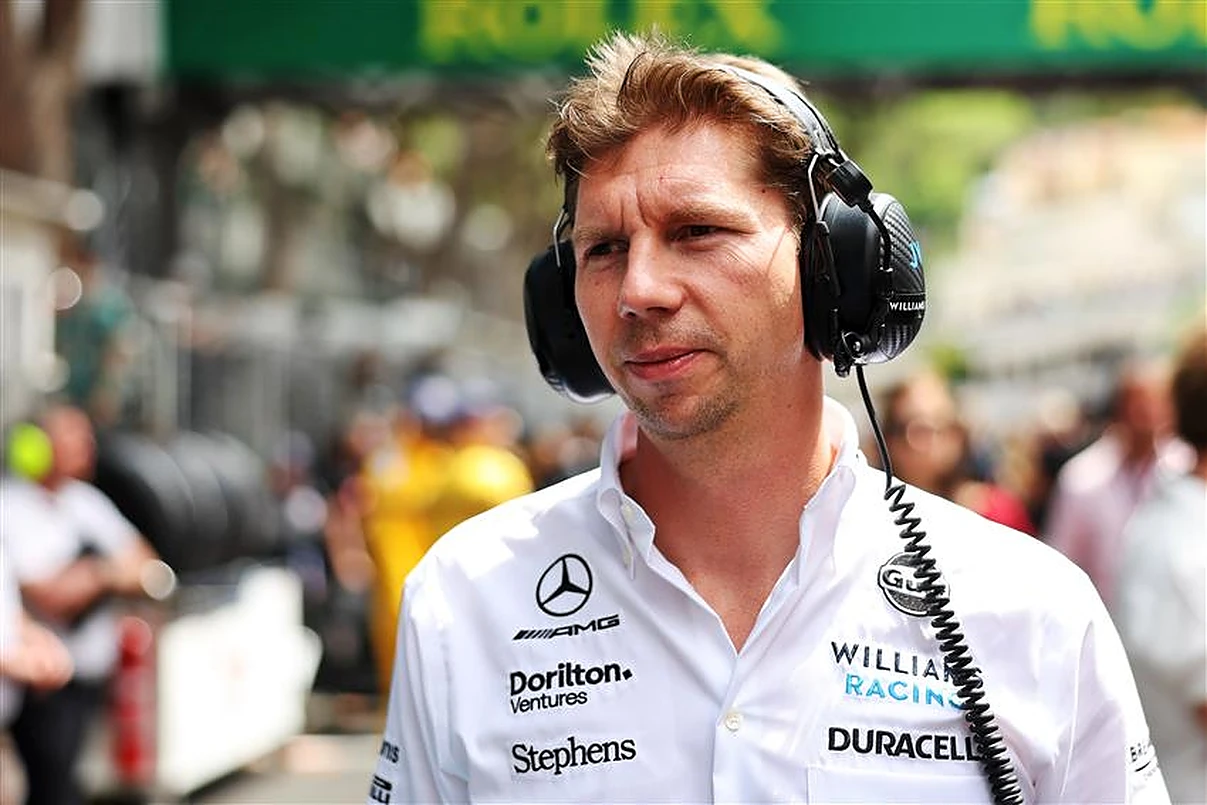James Vowles, the team principal of Williams, has expressed concerns about certain aspects of the Formula 1 cost cap, stating that it unfairly affects teams lower down the grid by not considering their existing assets.
The cost cap, implemented in 2021, limits the maximum budget that teams can spend each year, aiming to promote closer competition on the track.
Red Bull recently faced penalties for breaching the cost cap, initially set at $145 million, and received a fine of $7 million.
Since its introduction, adjustments have been made to the original budget, with the 2023 limit set at approximately $138.6 million.

Want to work in Formula 1? Browse the latest F1 job vacancies
Vowles claimed that while the cost cap rules have some positive aspects, it becomes challenging for smaller teams to compete with larger teams at the top due to the latter’s accumulated resources and superior equipment.
He highlighted the issue of the capital expenditure side of the cost cap, which was not a favourable decision for smaller teams.
Referring to the operational budget cap, commonly known as the $145 million cap, Vowles expressed his support, considering it a positive development that contributes to the sustainability and growth of Formula 1.
However, he criticized the inclusion of the capital expenditure side, which puts smaller teams at a disadvantage.
“When I had my Mercedes hat on, unfortunately I knew what this would do, which is why we were so keen on signing it up and restricting this,” Vowles explained.
“At Mercedes, we had about $300 million worth of equipment that Williams does not have.
“That’s locked in, and no one else would ever catch up to that.
“Even if they could, imagine how long it takes you to spend $300 million, get the money together, put it in place.”
According to Vowles, the larger teams quickly agreed to the cost cap because they recognised that it provided them with a significant advantage.
READ: F1 legend makes better racer claim about Lewis Hamilton and Max Verstappen
In contrast, smaller teams like Williams find themselves handicapped in their ability to compete effectively.
The cost cap was designed to level the playing field and enhance competitiveness across the grid.
However, Vowles argues that without considering the assets accumulated by larger teams over the years, it places smaller teams at a distinct disadvantage, as they struggle to bridge the gap in resources.

